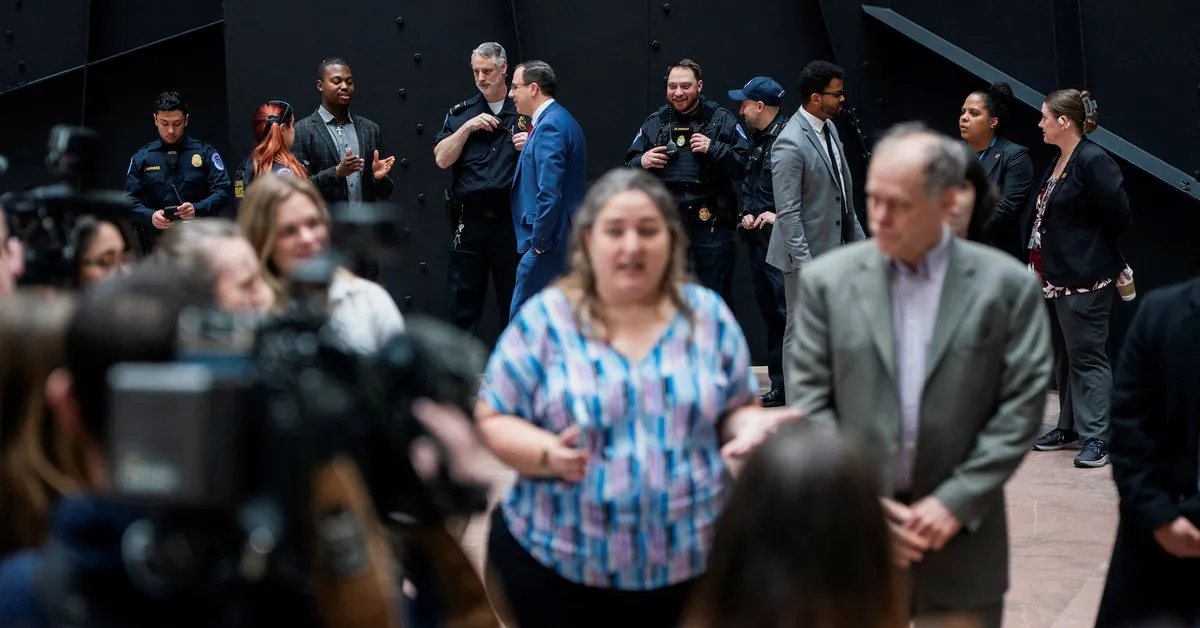
On March 18, Reuters reported that the Trump administration has formally acknowledged the termination of nearly 25,000 federal workers. This significant disclosure was made in court filings in a federal court located in Baltimore, Maryland. The administration stated that various federal agencies are currently working to reinstate these workers after a judge ruled that their dismissals were likely illegal.
The court filings, submitted late Monday, included statements from officials across 18 federal agencies. These officials confirmed that the terminated probationary workers are being placed on administrative leave, at least temporarily, as the legal case unfolds. This mass termination is part of President Donald Trump's broader initiative to streamline the federal workforce, which has been subject to extensive scrutiny and criticism.
According to the filings, most federal agencies reported firing a few hundred employees each. Notably, the Treasury Department terminated approximately 7,600 workers, while the Department of Agriculture let go around 5,700 employees. Additionally, the Department of Health and Human Services reported more than 3,200 terminations. These figures represent a significant portion of the federal workforce impacted by the mass firings.
On March 13, U.S. District Judge James Bredar ruled that the mass firings of probationary workers violated federal regulations governing layoffs. He ordered the reinstatement of these employees pending further litigation. Probationary workers are typically individuals who have served less than one year in their current positions, although some may have been long-term federal employees.
The ruling by Judge Bredar came in response to a lawsuit filed by 19 Democrat-led states and Washington, D.C. These plaintiffs argued that the mass layoffs would likely lead to a surge in unemployment claims and an increased demand for social services. Maryland Attorney General Anthony Brown is leading the legal challenge, although his office has not commented on the situation following Bredar's ruling.
In response to the ruling, the Trump administration has appealed and requested that a Richmond, Virginia-based appeals court pause the reinstatement order while the case progresses. This legal battle is compounded by a separate ruling from a federal judge in San Francisco, who ordered the reinstatement of probationary workers at six agencies, including those covered by Bredar's order and the U.S. Department of Defense.
In the latest court filings, agency officials reported that they are either reinstating all terminated employees or actively working to reinstate them. However, they cautioned that the process of bringing back a large number of workers has created significant administrative burdens and confusion. Mark Green, Deputy Assistant Secretary at the U.S. Department of the Interior, noted in his statement that the uncertainty surrounding the employees' status impedes effective workforce management.
Judge Bredar has scheduled a hearing for March 26 to determine whether his ruling will remain in effect while the lawsuit progresses. This legal dispute has the potential to extend for months, creating ongoing uncertainty for the affected federal workers and their agencies.
In summary, the Trump administration's acknowledgment of the mass firings represents a pivotal moment in the ongoing legal struggle over federal employment practices, with significant implications for thousands of workers and the management of the federal workforce.